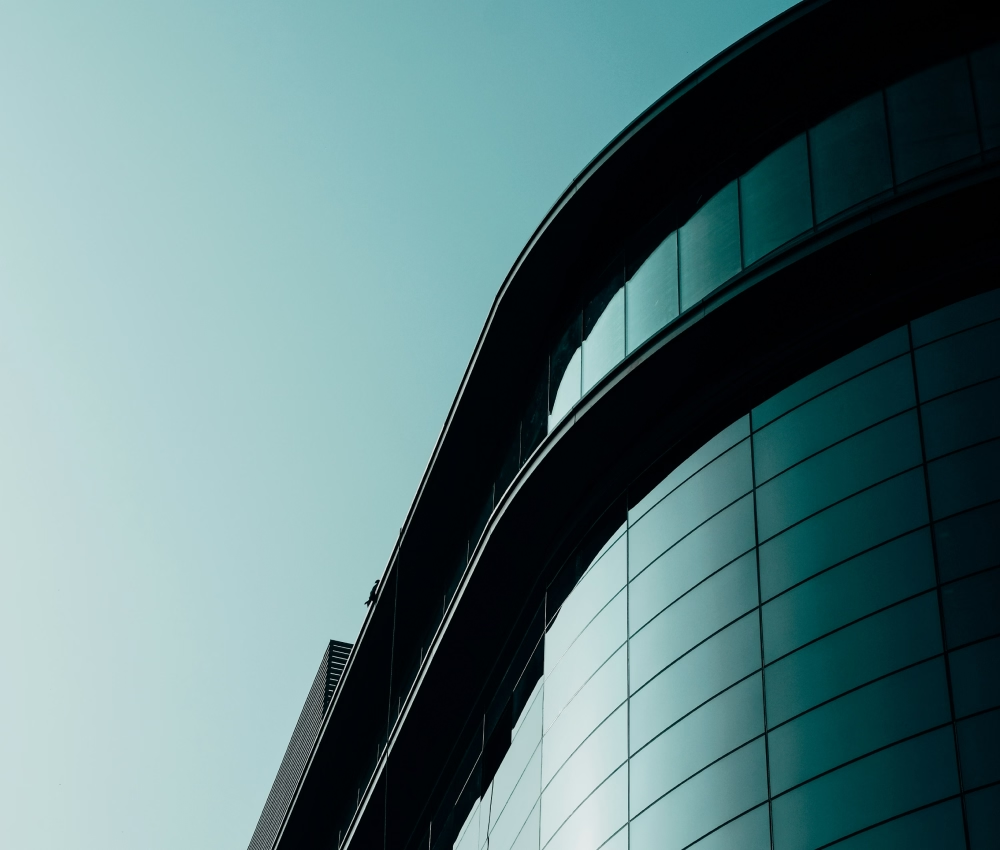Share this article
The global commercial real estate landscape is experiencing a paradigm shift in workplace dynamics. The concept of "right-sizing" has emerged as a critical strategy for businesses looking to optimize their real estate footprint. As organizations navigate these evolving trends, it's crucial to understand how to maximize the business potential of workspaces.
The New Era of Workplace Design
Right-sizing isn't about one-size-fits-all solutions. It's about crafting personalized strategies that align real estate with business objectives. Interestingly, there's a trend where companies are opting for larger office spaces. This shift underscores the renewed importance of the workplace as a hub for collaboration and innovation.

Embracing Hybrid and Flexible Schedules
Post-pandemic, the return to office has gained momentum, but with a twist. While the traditional nine-to-five model is fading, hybrid and flexible work schedules are on the rise. Successful models typically involve a few days in the office each week, balancing remote work flexibility with in-person collaboration.
Rethinking Space Allocation: Hoteling vs. Permanent Spaces
While hoteling—temporary, shared workspace—remains relevant, there's a growing preference for permanent workspaces. Employees often value privacy and a sense of ownership, which contribute to a stable and productive work environment. The key is striking the right balance based on unique business needs and employee preferences.
Fostering Collaboration Through Thoughtful Design
Modern offices are increasingly incorporating multipurpose gathering areas. From intimate meeting rooms to expansive café-style break areas, these spaces are designed to facilitate both spontaneous interactions and formal presentations. Integrating cutting-edge technology and seamless connectivity can maximize the potential of these collaborative spaces.

The Strategic Role of Furniture
In today's office environment, furniture is more than just functional—it's a strategic asset. Comfortable, versatile, and aesthetically pleasing pieces can create a hospitality-like atmosphere that enhances employee satisfaction and creativity.
Reassessing Amenities: The Decline of Fitness Rooms
An interesting trend is emerging: fitness rooms are becoming less common, even in large offices. Organizations considering fitness facilities should carefully evaluate their potential utilization and explore alternative wellness amenities that might better serve the workforce.
The "Flight to Quality" Reimagined
While "flight to quality" often implies leasing premium Class A properties, enhancing workspaces to attract and retain talent doesn't always require top-tier real estate. Creating a sense of place within existing spaces can foster collaboration and increase productivity without necessarily increasing costs.

Leveraging Outdoor Spaces for Employee Well-being
Outdoor areas have become invaluable assets in modern office design. Patios and other outdoor spaces contribute significantly to employee health and wellness. Maximizing these areas can create environments that promote mental well-being and productivity.
Creating the Right Team for Success
The successful transformation of a workplace hinges on having the right team of industry professionals. Bringing together experts from various fields can help maximize the efficiency of modern workplaces, creating environments that not only meet current needs but also anticipate future demands.
Conclusion
Right-sizing a workplace involves more than just adjusting square footage. It requires a strategic, personalized approach to design, functionality, and employee well-being. By carefully considering these factors, organizations can create vibrant, efficient, and future-proof workplaces that drive their businesses forward. As the commercial real estate landscape continues to evolve, staying informed about these trends and adapting accordingly will be key to maintaining a competitive edge in the market.







